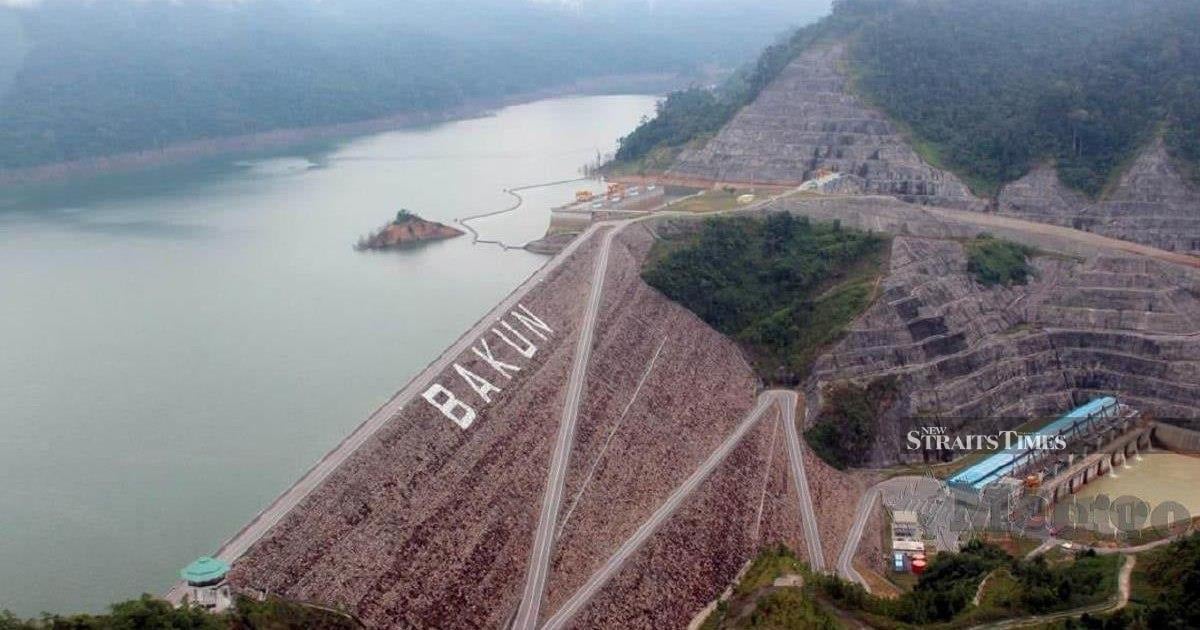THE Asean Power Grid (APG) takes a step forward with an announcement on Oct 17 in Singapore that its Sembcorp Utilities has been granted conditional approval to import one gigawatt (GW) of energy, mainly sourced from hydropower, in collaboration with Sarawak Energy Bhd.
The announcement was made in the presence of Sarawak Premier Tan Sri Abang Johari Openg and Singapore’s Deputy Prime Minister Gan Kim Yong.
A simultaneous announcement came in Kuala Lumpur on the sidelines of the 43rd Asean Ministers of Energy meeting, at which Deputy Prime Minister Datuk Seri Fadillah Yusof and Singapore’s Minister in charge of Energy, Tan Seng Leng, officiated.
Abang Johari, who was in Singapore for the Sarawak Mega Fair 2025 put together by the Sarawak Trade and Tourism Office Singapore (Statos), further announced that work on the undersea cables to transmit the electricity from Sarawak to the city-state should begin by next year.
Actual power supply is expected to commence by around 2035.
At the opening of the Mega Fair, the premier elaborated at some length on Sarawak’s ambitions to be a regional power-house of mostly renewable energy.
The state’s current three hydropower plants generate around 3.5GW of electricity, but it hopes to chalk up 10GW by 2030 with another dam and solar and natural-gas installations.
Collaborating with energy-hungry Singapore is thus a natural fit for Sarawak but Abang Johari targets more.
He talked about the abundance of land in the largest Malaysian state for possible industrial and agricultural collaborations with the similarly land-hungry Singapore.
Meanwhile, Sarawak targets to be smack in the centre of the APG with an interconnection to Brunei by 2030 and from there, further afield to supply power to Sabah and even the southern Philippines.
The state already has a transmission line supplying electricity to neighbouring West Kalimantan. There is scope for collaborating further with Indonesia. The state will be jointly developing a dam to supply power to the new Indonesian capital of Nusantara.
Besides, the undersea cables to Singapore will go through Indonesian waters and therefore need that country’s approval as well.
Perhaps realising that mega dams are not exactly as green as his aspirations for Sarawak’s development go, Abang Johari also talked up the more sustainable building of cascading dams.
The Bakun Dam lake is said to be equal the size of Singapore, which means a Singapore-sized area of rainforests and wildlife was displaced, to say nothing of native villagers who used to call the area home.
If Sarawak is to make it its business to supply power not just for itself but for a swathe of Asean, it will be prudent not to rely too heavily on the generation capacity of dams.
It will be important to more closely study the effects on the climate over the long term impact of big dams which depend on an ever-ready supply of water.
Energy security demands that Sarawak must also seriously diversify the sources from which its power is generated.
Fossil fuels, like it or not, must remain a vital component of the state’s healthy energy mix for its own and the sake of its regional energy customers.
The writer views developments in the nation, region and the wider world from his vantage point in Kuching
© New Straits Times Press (M) Bhd






![[UPDATED] Ewon Benedick resigns from Cabinet](https://prwire.my/wp-content/uploads/2025/11/UPDATED-Ewon-Benedick-resigns-from-Cabinet-300x158.jpg)